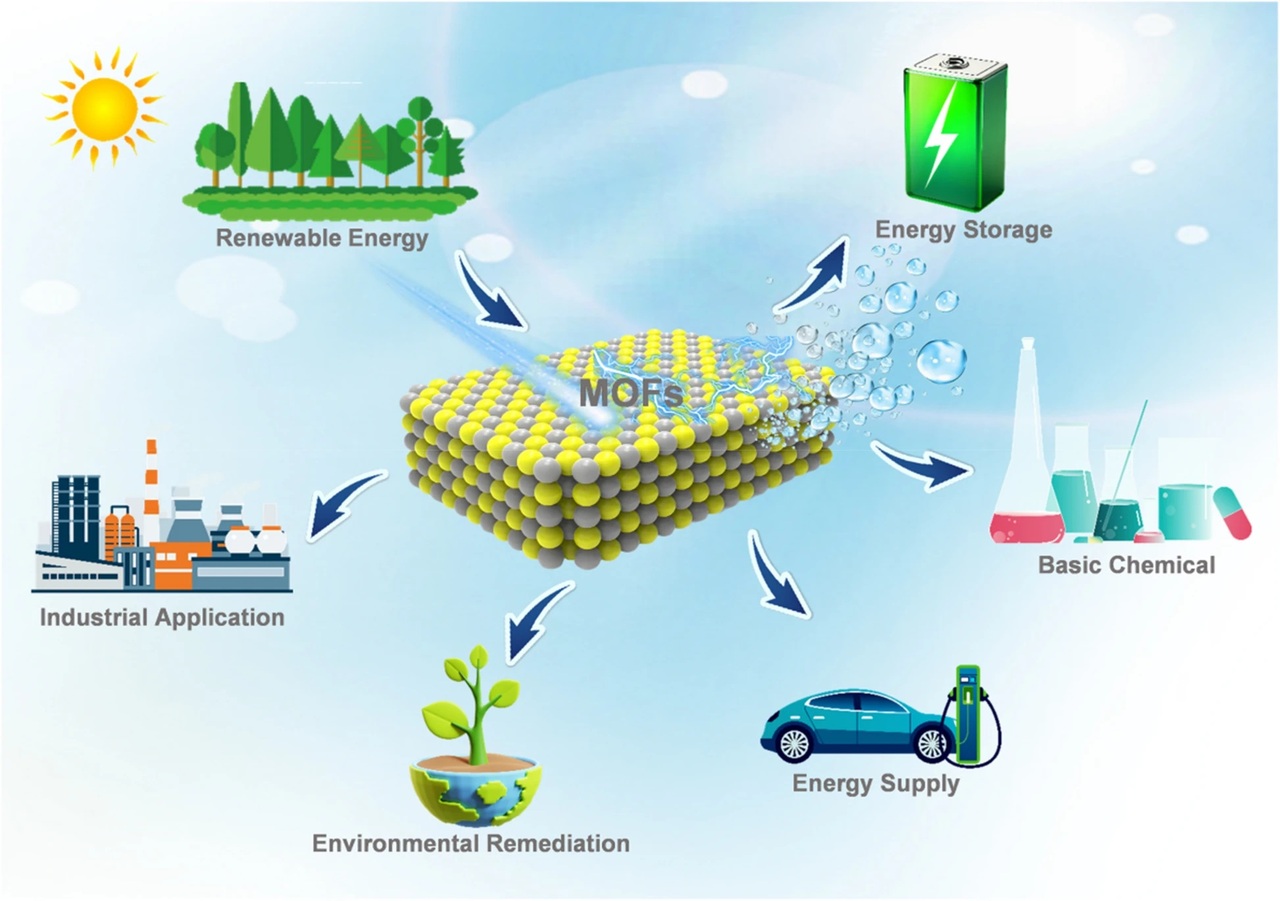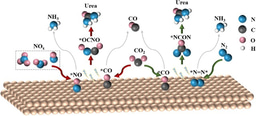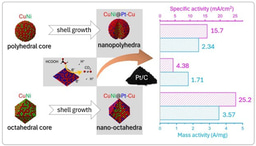Metal–Organic Frameworks in Action: Catalyzing the Future of Energy

In our recent review published in Catal, we present a comprehensive overview of the role of metal–organic frameworks (MOFs) as electrocatalysts in key electrooxidation reactions. These reactions—including oxygen evolution (OER), hydrogen oxidation (HOR), alcohol oxidation (AOR), urea oxidation (UOR), and glucose oxidation (GOR)—are central to advancing sustainable energy conversion and environmental remediation technologies.
Highlights of our review:
- Structural Versatility: MOFs offer highly tunable architectures, large surface areas, and atomically dispersed active sites, making them ideal platforms for electrocatalysis.
- Catalyst Design Strategies: We discuss how metal node engineering, ligand functionalization, and composite formation can significantly enhance catalytic activity, selectivity, and durability.
- Mechanistic Insights: Through both experimental and theoretical studies, we explore how reaction pathways vary with catalyst structure and operating conditions.
- Green Chemistry Applications: MOFs enable efficient transformation of biomass-derived molecules into value-added chemicals such as formic acid, contributing to carbon neutrality goals.
While MOFs have demonstrated remarkable promise, challenges remain in improving their electrochemical stability and scalability. We propose future directions including the development of conductive and robust MOFs, integration with synergistic materials, and the use of in situ characterization and computational modeling to guide rational catalyst design.
Authors & Affiliations:
- Kunpeng Yang, Yuanjun Liu* – School of Environmental and Chemical Engineering, Jiangsu University of Science and Technology, Zhenjiang, China
- Yingxin Wang, Yuxuan Jiang, Ran Wang*†, Huan Pang*† – School of Chemistry and Chemical Engineering, Yangzhou University, Yangzhou, China
- Guoxing Zhu – School of Chemistry and Chemical Engineering, Jiangsu University, Zhenjiang, China & Mudanjiang Normal University, Mudanjiang, China
(Corresponding authors: liuyuanjun@just.edu.cn, ranwang@yzu.edu.cn, huanpangchem@hotmail.com)
Follow the Topic
-
Catal

Catal is an open access journal covering full spectrum of catalysis critical advances. From biocatalysts to heterogeneous catalysts, it integrates fundamental and applied sciences. Catal offers a primary platform for researchers and practitioners in the field.
Related Collections
With Collections, you can get published faster and increase your visibility.
Bio-Catalysis in Circular Bioeconomy and Green Chemistry
This collection emphasizes the role of bio-catalysis in advancing the circular bioeconomy, focusing on enzymatic transformations and eco-friendly processes that valorize renewable feedstocks. Contributions should highlight innovative applications of bio-catalysis in waste-to-value systems, biorefineries, and green chemical synthesis.
Catal invites research articles, reviews and reports on the topic of the development of enzymes, metabolic engineering, and integration of bio-catalysis into industrial processes, aiming to reduce dependency on fossil-based resources and promote sustainable practices.
Publishing Model: Open Access
Deadline: Dec 31, 2025
Nanocatalysis and Thermocatalysis in Precision Chemical Synthesis
This collection, hosted by Catal, highlights the intersection of nanocatalysis and thermocatalysis in precision chemical synthesis. It aims to disseminate cutting-edge research that drives innovation in catalytic materials, selective processes, and reaction pathways, fostering advancements in the production of fine chemicals and specialty compounds. Aligned with Catal's mission to prioritize impactful catalytic applications, this collection welcomes contributions from established and early-career researchers that advance both theoretical and applied catalysis.
The collection embraces the breadth of Catal’s coverage, including topics such as nanostructured catalysts, thermocatalytic processes, and advanced synthesis strategies. Contributions may explore catalytic mechanisms, computational modeling, or experimental breakthroughs, offering insights into scalable industrial applications and fundamental research. Articles types—original research, reviews, perspectives, and analyses—are all encouraged, ensuring a diverse platform for sharing high-impact advancements in catalysis.
Publishing Model: Open Access
Deadline: Dec 31, 2025






Please sign in or register for FREE
If you are a registered user on Research Communities by Springer Nature, please sign in